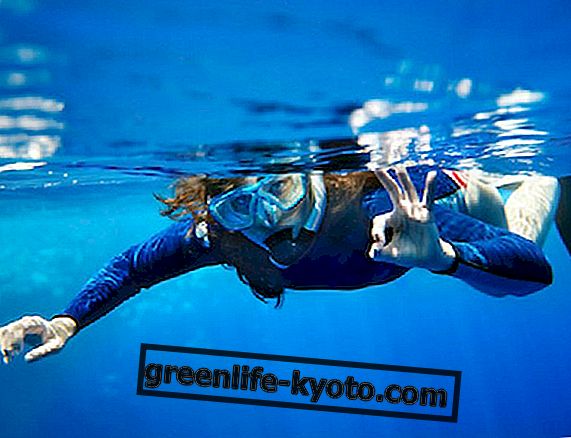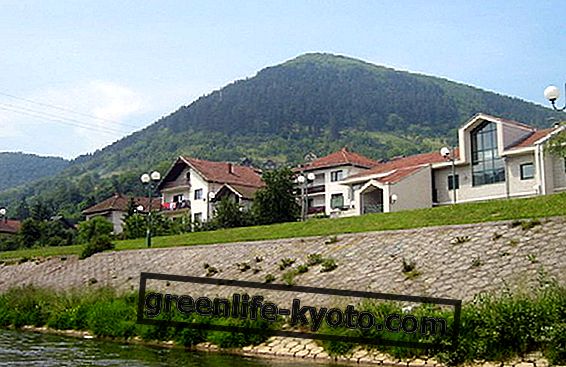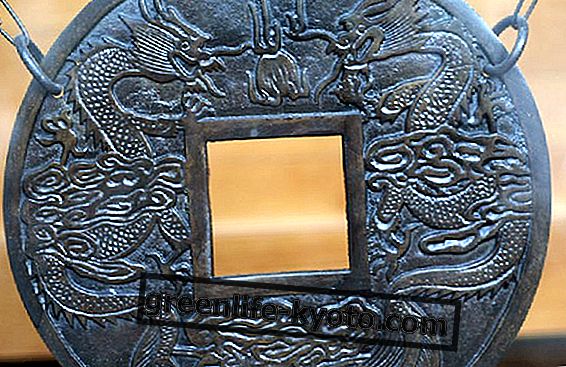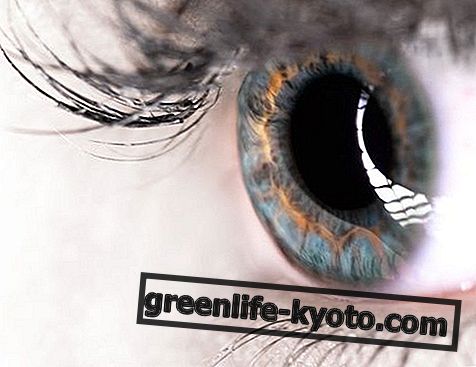
What are dreams ? No one has an exact answer to this question: religions, esoteric disciplines, art, philosophy, science, popular wisdom: everyone has tried to give a definition of dreams and to study the subject from different points of view and with different tools.
When the body sleeps and the brain changes brain waves (from beta to alpha, to then pass those deltas, of the sleep proper and finally to those theta, those of the dream in the REM phase ) and of the precise tryptamines such as melatonin, dimethyltryptamine and serotonin is secreted, specific neuroreactors induce unconventional visions and states of consciousness.
At least this is what science considers, while many other branches of research believe that a part of the consciousness, identified from time to time with the soul, the mind, the astral body, leaves the body or leaves it to travel and do experience of this and other worlds.
No one knows exactly what they are, except that their action and presence in human life is fundamental.
Brief history of the onironautica
The attempts and efforts to control dreams and to become aware of them are very ancient and can be found in almost all cultures.
Consulting dreams was a common practice in pagan cultures and among medieval witches; in the Semitic religions the word of God can be revealed through dreams and many prophets have got revelations in this state of consciousness.
In the Americas the natives used to retire for the " dream quest ", the search for vision ; in Africa shamans and spirits act in dreams while in Australia all mysticism and mythology has its roots in the so-called Dream Time, the evocative " Dreamtime ".
In India there is a specific yoga for the induction of a right sleep and a correct dream state, yoga nidra.
Freud and Jung revived, through psychoanalysis and the concept of libido, the study of dreams and gave way to endless scientific research, especially in America where there are numerous " Dream Laboratory " and where the psiconautica has opened the field to multidisciplinary research very deep.
The role of the air force in the psiconautica
But what should one mean by oneironautics? The onironautica would be the branch of the psiconautica focused on dreams : a mix of methodologies drawn from different disciplines (yoga, ethnobotanical, analytical psychology, alchemy, etc.) apt to familiarize with the dream languages, with psychic archetypes, with lucid dreams, with the mapping of the geography of the inner being.
It is important to understand that the main purpose of such practices is exploratory, not religious, recreational or therapeutic, although many inner discoveries may have a religious nature, can also induce pleasure and euphoria and therefore an uncontrolled impulse to repeat the experience, and finally they can have therapeutic effects, especially for psychological and psychosomatic problems.
Often the other approaches to psiconautica are very extreme or illegal, such as psychedelic drug use, fasting, sensory deprivation and other similar practices .
Working on dreams is less immediate but at least it is healthy and legal.
Can dreams reveal the disease and reveal the cure?
Lucid dreams but not only
Often the onironautica is known or sought after for its induction techniques of so-called lucid dreams, dreams in which one is conscious of dreaming and in which one can control not only one's own behavior but the dream itself, since one is at the same time the dreamer and the dream.
Certainly learning to produce these experiences is an excellent training but the onironautica is not reduced to this: it is important to interact with every element of the dream without pretending to control it: the dream is not at all the result of a mere electrochemical activity of the brain or the emergence of material from a primitive substrate, the so-called unconscious; may sometimes contain material you descend from a consciousness above normal waking consciousness.
Therefore, in addition to the awareness of being dreaming, it is important to understand what kind of consciousness one is dreaming of and what archetypes we find there.
Benefits of air force
- Entering consciously into sleep requires knowing how to relax every part of the body without losing consciousness in a body that is still tense. This produces an excellent rest and the body and the mood enjoy it.
- We often hide from ourselves many things that we can find in dreams, which are actually one of the ways in which the Self speaks to itself. By focusing on dreams it is easier to capture these messages.
- Becoming familiar with the language of dreams we can notice many things before they happen : the emergence of feelings such as anxiety, anger, desire, insecurity, etc., can be glimpsed in dreams before it emerges in wakefulness.
- The sense of a more complete life and not only half lived.
- The strength to face all the fears hidden in dreams .












